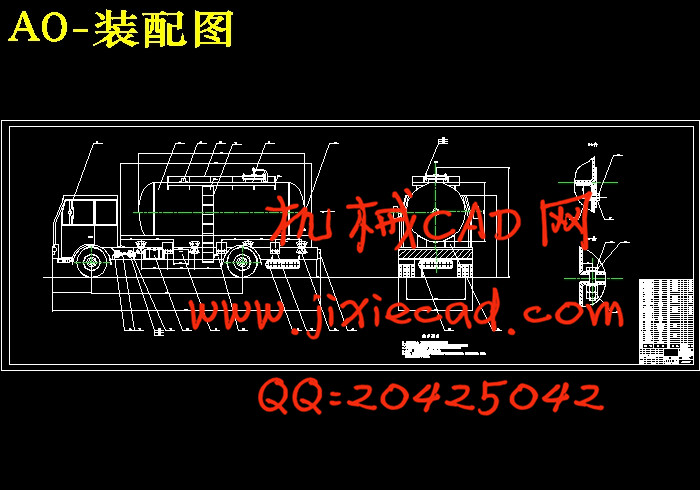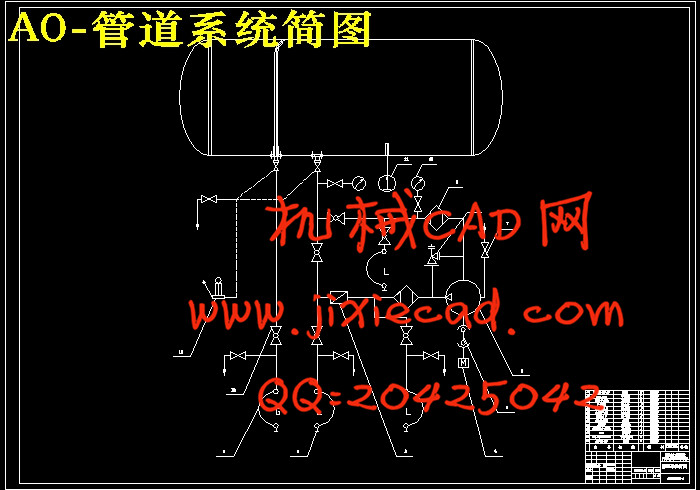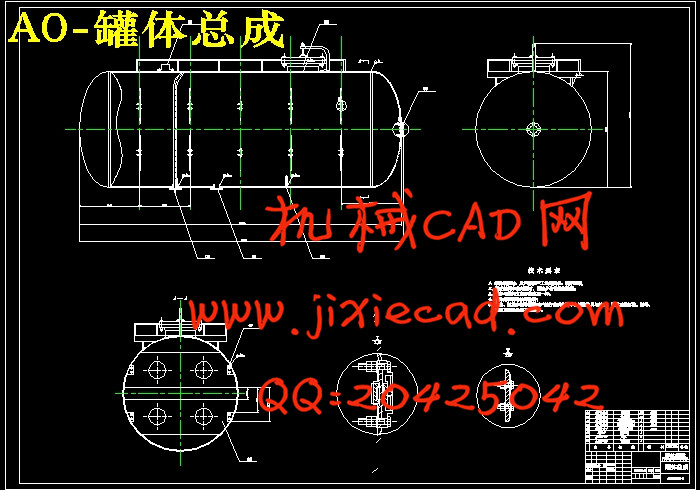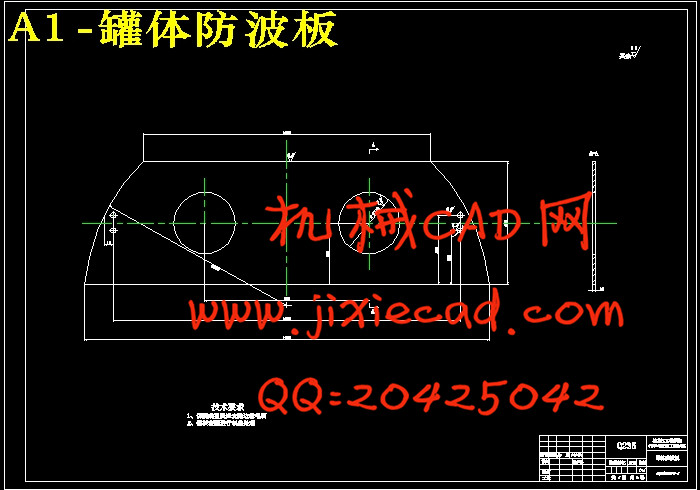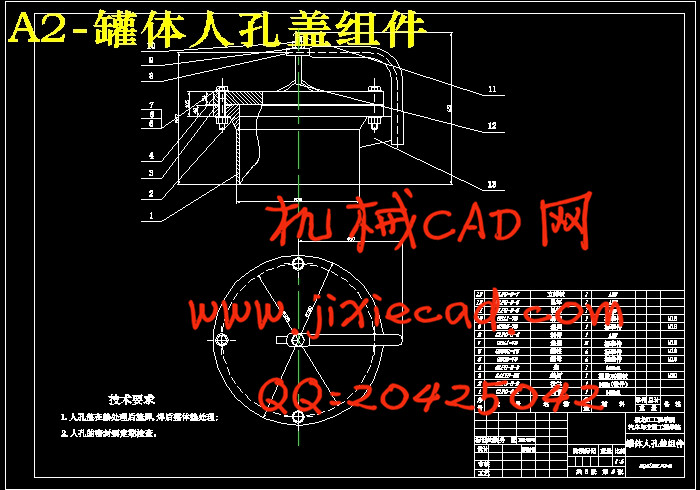设计简介
摘 要
液化气石油罐车能够装载运输液化石油气,完成装卸任务,使用方便,节约运输成本,运输效率高。随着我国石油行业的进一步发展,人民生活水平的不断提高,城市对于液化石油气的需求量越来越大,研究液化气石油运输对国民经济的发展有着重要的意义。
本课题以液化气石油罐车为具体研究对象,文中介绍了液化气石油罐车的发展现状,对汽车底盘进行选型及总体布置,对其罐体进行设计计算,其中包含人孔、液位计、取力器、防波板、罐体支承装置的设计。
利用止推板和连接支架对罐体总成与二类底盘进行了连接并固定,通过焊接方法保证了罐体和罐体支承座的连接。最后对整车性能进行了分析,应用CAD软件建立整车装配、罐体总成及相关零件模型。
关键词:LPG;压力容器;二类底盘;罐体;改装设计
ABSTRACT
Stone tanker capable of carrying transport gas liquefied petroleum gas, to complete loading and unloading tasks, easy to use, saving transport costs, transport efficiency. With the further development of China's oil industry, the continuous improvement of people's living standards, urban demand for increasing liquefied petroleum gas, liquefied petroleum transportation of the development of the national economy is significant
The topics to liquefied gas tanker as our research object stone, the paper describes the development of liquefied gas tanker stone status, selection of vehicle chassis and the overall layout, design and calculation of their tanks were, which contains the entry hole, safety valve, taking Force, anti wave plate, the tank landing gear design.
Use of the thrust plate and bracket on the tank with the two types of chassis were always connected and fixed by welding to ensure the tank and the tank bearing in connection. Finally, the analysis of vehicle performance, application CAD software to establish vehicle assembly, tank assembly and related parts model.
Keywords: LPG; Pressure Vessels;the second Chassis;Tank;Design Modifications
目 录
摘要 I
Abstract II
第1章 绪论 1
1.1课题研究的目的及意义 1
1.2课题的国内外研究现状 1
1.3设计的主要内容与技术路线 3
第2章 整车总体方案设计 5
2.1专用汽车设计特点 5
2.2二类底盘的选型 7
2.3罐体型式的选择 8
2.4整车参数确定 9
2.4.1尺寸参数 9
2.4.2 质量参数 9
2.5 本章小结 10
第3章 罐体设计及校核 11
3.1 罐体设计 11
3.1.1 设计压力确定 11
3.1.2 设计温度确定 11
3.1.3 罐体材料 12
3.1.4 罐体公称直径 12
3.1.5 罐体厚度确定的 12
3.1.6罐体封头确定 13
3.1.7罐体尺寸确定 13
3.2 罐体附属装置设计选型 15
3.2.1 安全阀设计选型 15
3.2.2 入孔设计选型 17
3.2.3液位计设计选型 17
3.2.4温度计的选取 18
3.2.5 罐体防波板设计 18
3.2.6 管路系统设计 19
3.3 罐体校核 22
3.4 罐体的焊接 23
3.4.1 焊接接头分类和焊条的选择 23
3.4.2 罐体的焊接方法 23
3.5 本章小结 24
第4章 附件设计 25
4.1 罐体支承座设计 25
4.1.1 支承座的前端形状及安装位置 25
4.1.2 罐体支承座的固定 25
4.2 取力器的选择 26
4.2.1 取力器布置方案 26
4.2.2 取力器型号的选定 29
4.2.3 取力器基本参数的确定 29
4.3 本章小结 30
第5章 整车性能分析 31
5.1 汽车动力性能分析 31
5.1.1 基本参数的确定 31
5.1.2 汽车的行驶方程式 32
5.1.3 汽车最高车速的确定 34
5.2 燃油经济性计算 35
5.3 整车轴荷分配计算 36
5.4整车稳定性分析 37
5.4.1空载质心高度的计算 37
5.4.2空载侧倾角的计算 37
5.5本章小结 38
结论….39
参考文献 40
致谢 41


